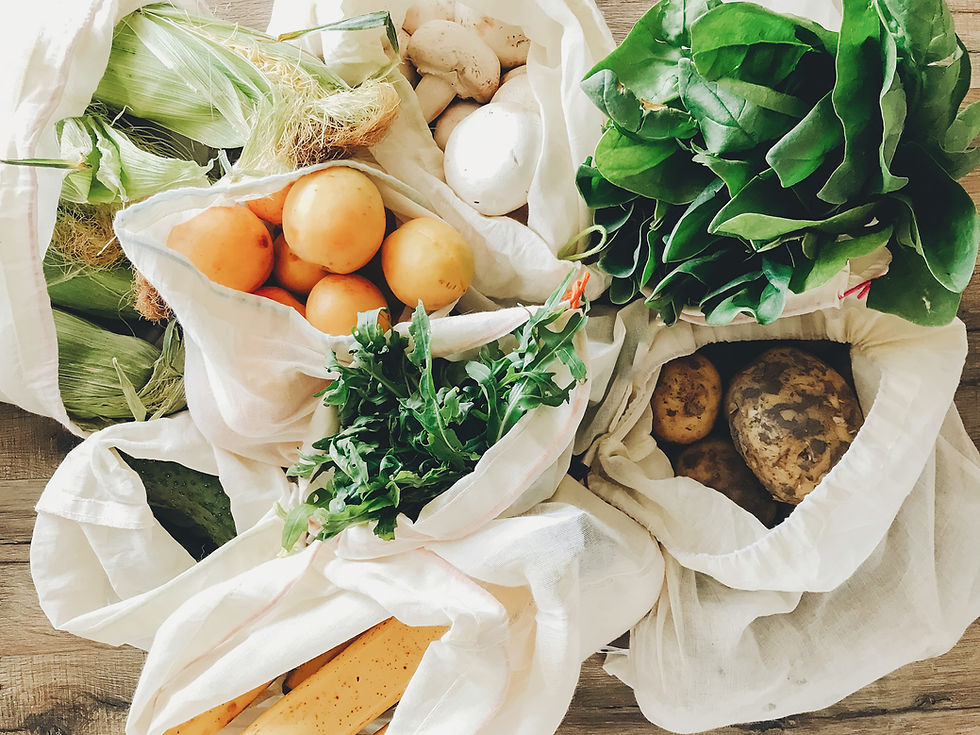CREATING A SUSTAINABLE KITCHEN - FOOD QUALITY
- belfleur28
- May 25, 2020
- 1 min read

During the preparation week you have removed all the toxic food from your kitchen (caffeine, sugar, HFCS, alcohol, trans-fats, processed, packaged, junk and fast food). You probably don't have any food left in your cabinets, so buy a week's worth of groceries that contain the following types of food. This week you can still have dairy and gluten.
Here are the principles of choosing quality food:
Real – Choose real, whole, unprocessed fresh foods in as close to their natural state as possible – fresh vegetables, fruit, whole grains, nuts, seeds, lean animal protein such as small fish, chicken and eggs.
Clean - Choose grass-fed, antibiotic-free, hormone-free, pesticide-free, and non-GMO products.
Organic – Choose organic fruits and vegetables to reduce the toxic effects of pesticides on your brain, and also your thyroid and your sex hormones, which are very sensitive to the effects of low-level toxins.
Local – Eat local foods. Food imported from far-away states and countries is often older, has traveled and sits in distribution centers before it gets to your store. Frequent your local farmers’ market or consider joining your local community supported agriculture (CSA) projects. Learn more at www.localharvest.org/csa.
Seasonal - Seasonal food is fresher, tastier and more nutritious than food consumed out of season. Check out the Seasonal Food Guide website for what’s in season in your area: https://www.seasonalfoodguide.org.
Fresh - Produce actually loses its nutritional value over time, so the quicker it’s eaten, the more nutrients that can be gained from it (and it tastes better).
Next up When Should I Eat, the Importance of Meal Timing



Comments